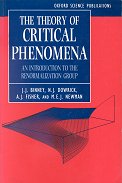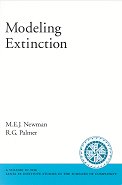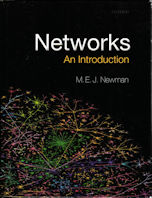The successful calculation of critical exponents
for continuous phase transitions
is one of the main achievements of theoretical physics
over the last twenty five years.
This was achieved through the use of scaling
and field-theoretic techniques which have since become
standard equipment in many areas of physics,
especially quantum field theory.
This book provides a thorough introduction
to these techniques at a level suitable for beginning graduate students.
The text assumes only a sound undergraduate background in physics and mathematics.
Continuous phase transitions are introduced,
then the necessary statistical mechanics are summarized,
followed by standard models, some exact solutions,
and techniques for numerical simulation.
Next, the real-space renormalization group
and mean-field theory are explained and illustrated.
The last eight chapters cover the Landau–Ginzburg model,
from physical motivation, through diagrammatic perturbation theory and renormalization,
to the renormalization group and the calculation of
critical exponents above and below the critical temperature.


